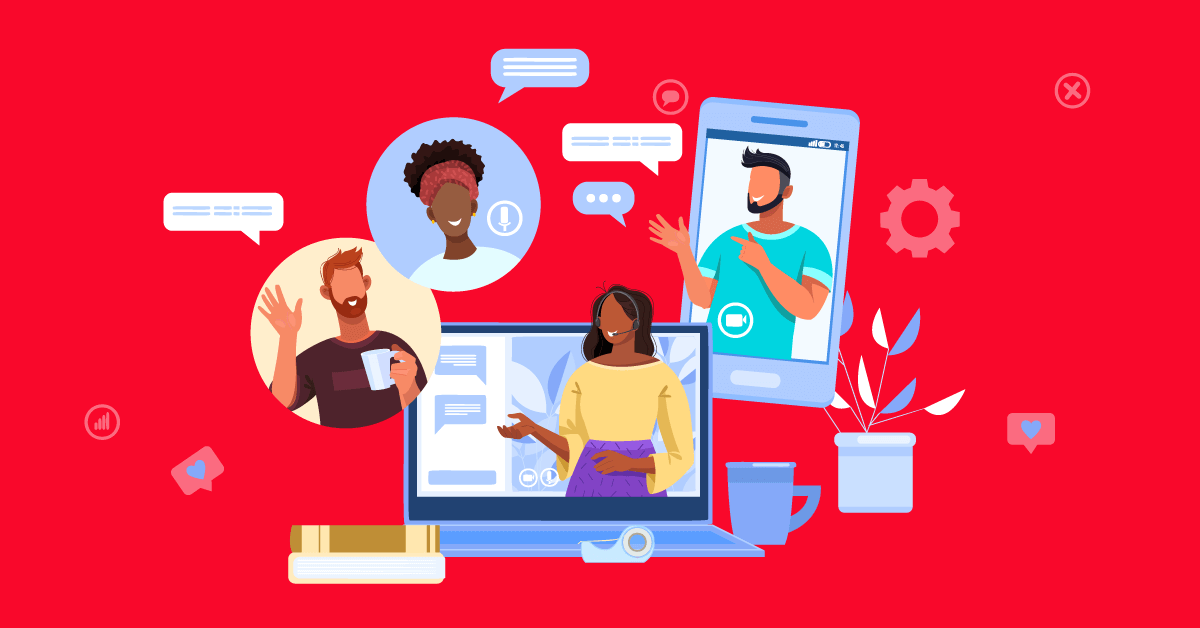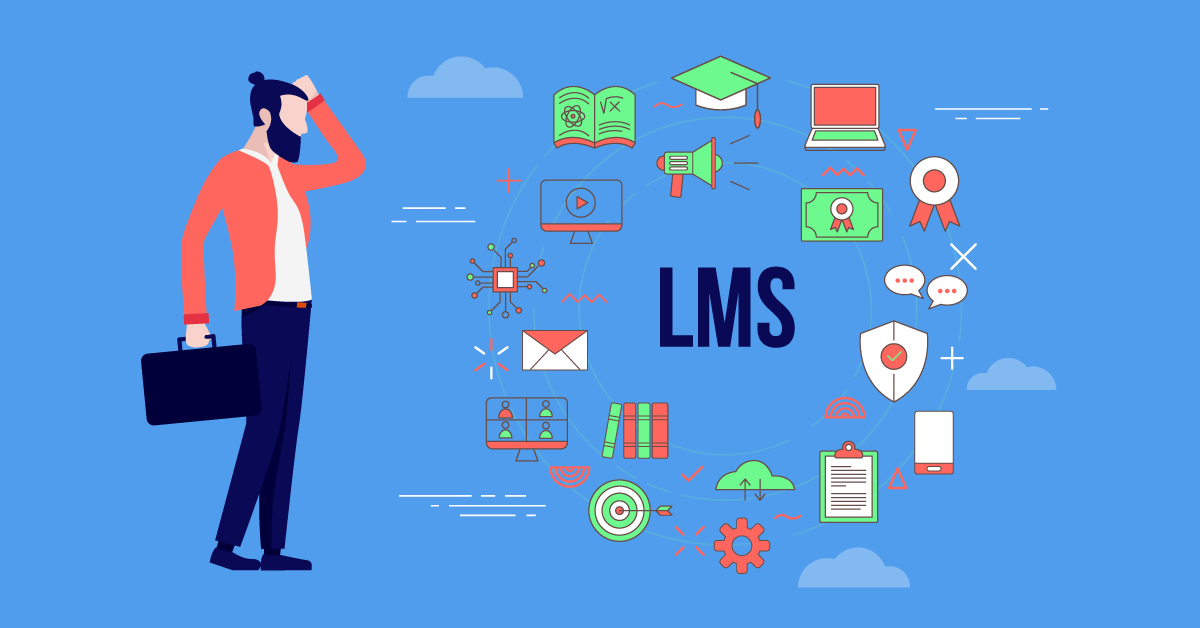Which events in your eLearning programs ensure that learning is actually taking place?
We all have seen the words, “After completing this course, the learner should be able to ….”. But are learners really able to deliver what they set out for in the beginning of the course? How can you be sure and confident? What if learning was only limited to the learning environment?
eLearner success is your success
Superficial learning is the last thing you need as an eLearning course developer. Your success as an eLearning professional highly depends on the success of your learners.
This statement implies a lot of things. Firstly, it demonstrates your capacity to comprehend the needs of the instructor. It proves your capability to replace the “instructor” element in the course with the aid of interactivity. Moreover, it shows the degree to which you understand the learner’s psychology and are able to articulate pedagogy effectively.
How can you really come across as an eLearning superhero and supply truly effective eLearning?
How can you really come across as an eLearning superhero and supply truly effective eLearning?Share on
eLearning activities in your eLearning training courses are supposed to exercise basic skills, thought processes, attitudes, and behaviors. The goal is to push the learner towards higher order cognitive processes. The learners should be able to apply their learning in a different setting, not just in their immediate learning environment. They should also be able to synthesize or create something new and innovative, based on their new knowledge.
Merely reading or memorizing the content is not a learning activity.
Human beings learn by considering, researching, analyzing, evaluating, organizing, synthesizing, discussing, testing, deciding and applying ideas. How can we integrate such interactive learning activities within our eLearning programs? How do we enhance these learning experiences for the learner?
In the end, how do we really ensure that learners have achieved the learning objectives of the course?
Tactical eLearning design is the key
Three simple action strategies for designing the right activities have been advised by experts: Absorb, do and connect. Let’s discover what happens during each of these learning strategies and how we can design effective activities to enhance them.
1. Absorb:
When learners read an eLearning text, watch an animation or listen to a narration – whichever type of eLearning content – they are absorbing knowledge. In an Absorb activity, the learner is physically passive but mentally active. The following are common Absorb activities you can use in your eLearning class:
1. Presentations
2. Readings
3. Narrations by instructor
4. Field trips
Try not to over-do these eLearning activities as they tend to bring about cognitive overload. Motivate the learner to read and absorb more by providing offline learning opportunities, such as reading a newspaper, watching a channel or a movie or even downloading material for later reading.
2. Do:
When learners are undergoing tasks that require them to do something about their learning, they are conducting Do activities. Good examples are exercises, practicing a procedure, playing a game or answering questions. The learner practices, explores and discovers when performing Do activities. A few examples:
1. Practice (drill and practice)
2. Discovery
3. Games
Adding these is not a problem anymore. With the current eLearning course authoring tools available, designing effective eLearning is a breeze.
3. Connect:
These activities promote connecting of new knowledge with past experiences, work and personal context, or prior learning. These activities help store new knowledge to be used later. They could include:
1. Pondering
2. Questioning
3. Stories told by others
4. Job Aids
5. Researching
6. Creating original work towards final assessments
Provide latest news clips or youtube videos and pose questions on how the eLearning can be applied in the real-world environment.
Create engaging eLearning activities
Lets put these three corporate training strategies in an instruction:
Suppose you have a course that teaches the calculation of the Body Mass Index (BMI). In this course, you have a chapter that teaches the use of Vernier Caliper (a thickness measuring tool). You could have a learning objective and its related Absorb, Do and Connect activities as follows:
Learning Objective
Teach how to use a Vernier Caliper to health instructors who recognize the calibration units on the tool.
Activity
Absorb: Watch a narrated video of the history and design of Vernier Calipers.
Connect: Examine the use of the Vernier Caliper in various settings, especially in a health care setting.
Do: Measure the thickness of a number of given objects and provide your readings in the form of a table.
These three learning activities are a learning cycle that begins with the Absorb activity. This is the most common sequence of learning in cognitive subjects. Different subjects will demand different sequences of these activities for effective eLearning.
In order to create worthwhile activities, we need to be very clear on the purpose of the activity. Is the activity promoting absorption of knowledge? Is it promoting hands-on or practical tasks? Is the activity encouraging connectivity with past experiences and current work context?
Answer these questions and define clear eLearning activities to enhance the achievement of the learning goals in your eLearning training courses.
Stay tuned for more eLearning ideas and resources!


